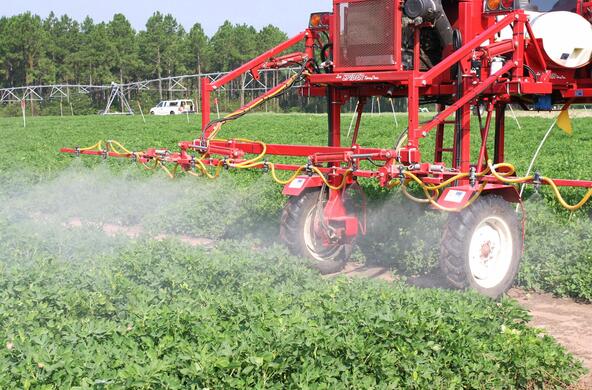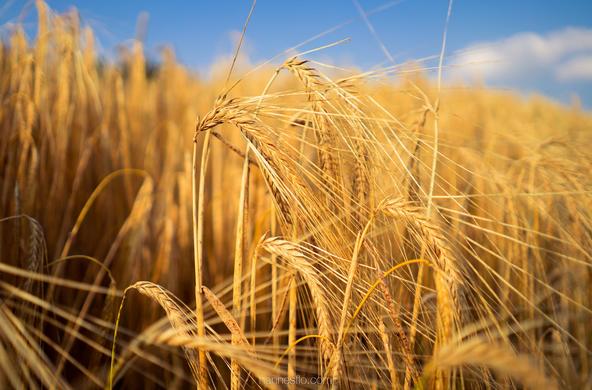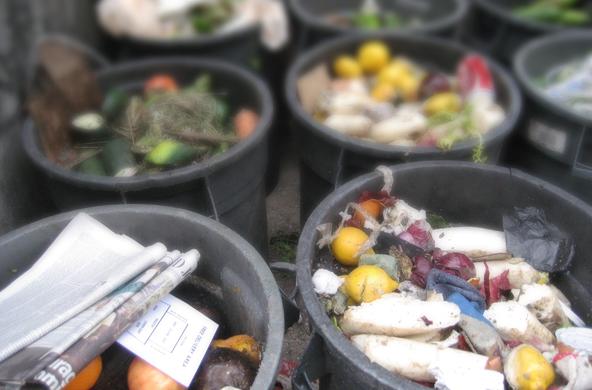The global production of plant matter on agricultural land totals about 5.25 billion metric tons per year. As most gardeners and farmers know, plant growth increases when the soil is fertilized. The amount of nitrogen and phosphorus applied to agricultural lands each year (200 Tg and 19 Tg, respectively) is just about what one might predict based on the total plant production on cropland and the nitrogen and phosphorus content of average plant material—requiring about 263 TgN/yr and 21 TgP/yr, respectively.
Potassium is often overlooked as an essential plant nutrient that is in short supply on croplands, and globally farmers apply 32 Tg K each year as potash to satisfy crop demands. Interestingly, that amount of potassium is only about 10% of what one might predict, based on the potassium content of average plant tissue. The implication is that plants must obtain a significant portion of the potassium demand from the soil, where it is available from the weathering of silicate rocks. In contrast, the contribution of rock weathering to N is relatively minor, despite the local occurrence of N in some rocks.
Over applications of N and P fertilizer are associated with a variety of environmental problems, especially water pollution, that I have blogged before. In contrast, potassium is greatly under-applied to agricultural crops. This may stem from an artificially high price for potassium fertilizer, maintained until recently by a small number of producers operating as an informal cartel. Plant tissue needs similar amounts of N and K, but in comparable units (kilomoles), N costs $8, while K costs $23.
Potassium, expensive and underutilized, may emerge as problematic in the future as large areas of highly weathered tropical soils without much native potassium are converted to agriculture. The price of potassium fertilizer has been heading down for the past decade, but global demand is likely headed higher in the next few decades when we must increase our crop yields to feed another 2 billion people.
References
Reiners, W.A. 1986. Complementary models for ecosystems. American Naturalist 127: 59-73.
Tripler, C.E., S.S. Kaushal;. G.E. Likens, and M.T. Walter. 2006. Patterns in potassium dynamics in forest ecosystems. Ecology Letters 9: 451-466.
USGS (U.S. Geological Survey). 2016. Potash: Statistics and Information. https://minerals.usgs.gov/minerals/pubs/commodity/potash/mcs-2016-potas…
Wolf, J., T.O. West, Y. Le Page, G.P. Kyle, X. Zhang, G.J. Collatz, and M. L. Imhoff. 2015. Biogenic carbon fluxes from global agricultural production and consumption. Global Biogeochemical Cycles doi: 10. 1002/2015GB005119






